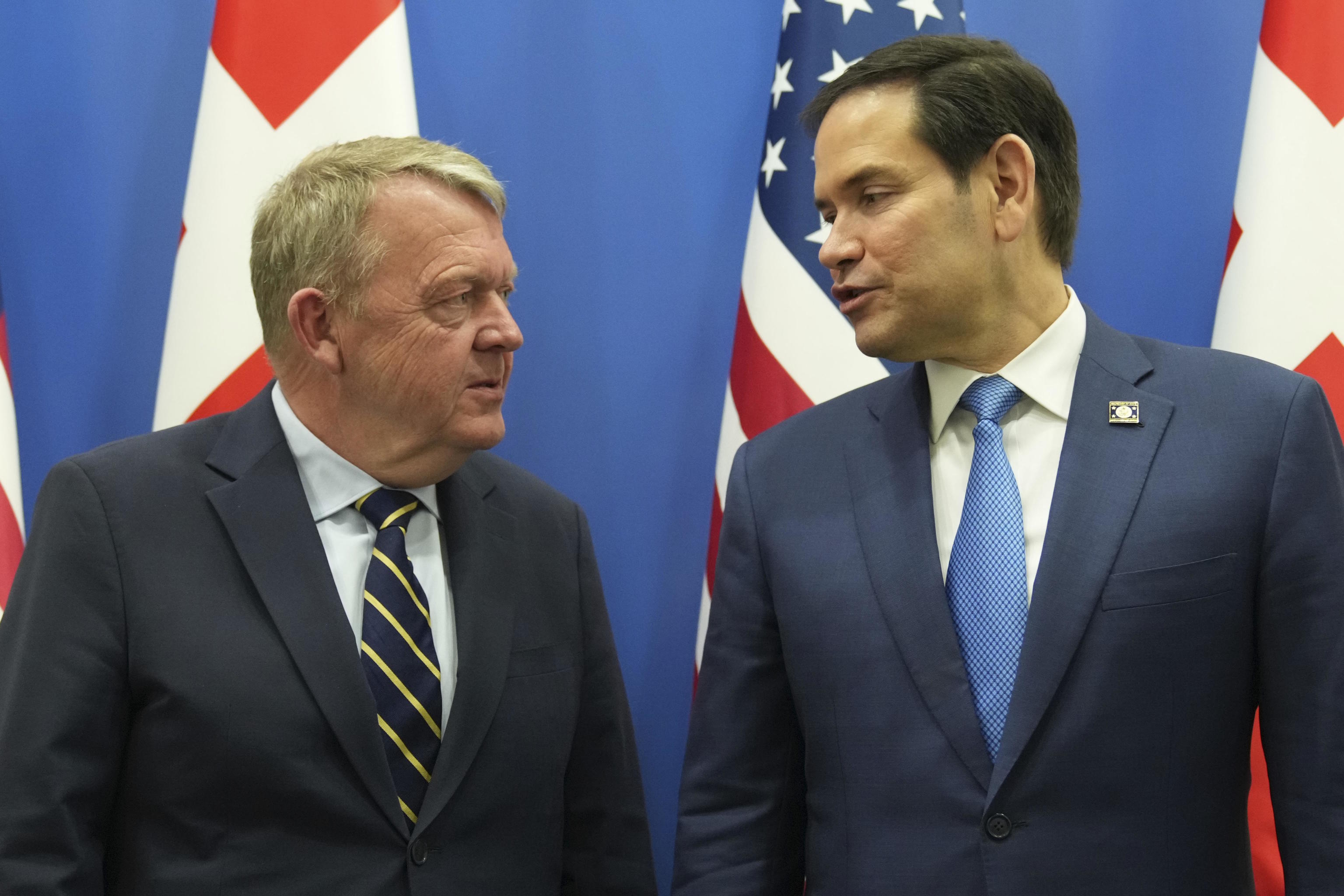The United States states that it will not stop being part of the North Atlantic Treaty Organization. "President Trump has made it clear that he supports NATO, we will remain in NATO," said US Secretary of State, Marcos Rubio, on Thursday in Brussels. But this permanence comes with a very high demand: that partners commit to reaching 5% of GDP in military spending. Everyone, including, therefore, Spain.
"I understand that there may be internal political factors, after decades of building a broad social security network, that may not want to reduce resources from that to invest more in national security," Rubio pointed out in his first meeting at NATO with the rest of the Foreign Affairs ministers, a speech that could largely apply to the situation of the Spanish government.
"But the events of recent years, with a large-scale ground war in the heart of Europe, are a reminder that military power remains necessary as a deterrent. And that is why we want to leave here with the certainty that we are on the path, a realistic path for each and every member to commit and fulfill the promise of reaching 5% of spending," he added.
This also affects the USA, as Rubio himself acknowledged, since the country is below 3.5% of investment. "This includes the United States, which will have to increase its percentage because if the threats are really as serious as I believe they are and the members of this alliance believe they are, then that threat must be faced with a full and real commitment to have the ability to address these things," he said.
And even more. "That has been the message of President Trump in his first administration, and it is the one he brings to this one. He is not against NATO. He is against a NATO that does not have the capabilities it needs to fulfill the obligations that the treaty imposes on each and every one of the Member States," Rubio added, making it very clear what the demands of the United States are.
In this way, Rubio has set the stage for the crucial summit that NATO will hold at the end of June in The Hague. At this ministerial meeting, it is very unlikely that a new spending target will be offered despite what the Secretary of State hinted at, but something must come out of the meeting in the Netherlands.
The words of the Trump Administration representative are also in line with those of the United Kingdom. Although in more moderate terms, not as extreme, the Foreign Affairs Secretary, David Lammy, has encouraged countries to "increase defense spending to support Euro-Atlantic security". For the Keir Starmer government, "making NATO stronger, fairer, and more lethal is key to protecting growth conditions at home," he added.
NATO's own Secretary-General, Mark Rutte, has been indicating for weeks that the new investment target will be much higher than the current 2%. He does not point to the same 5% demanded by Rubio, but in Brussels, there is clear talk of 3% or 3.5%. And today he referred to that again, he is also sure that the United States will remain in NATO but that it is "logical" for the country to have to keep an eye on other theaters such as the Indo-Pacific, and on a very important thing: that he does not believe that there is a need to redefine what is understood as Defense.
"No, I don't believe so. We have a clear definition of what Defense spending is, and what we don't want is to dilute it," he said. This is exactly the opposite of what the Prime Minister, Pedro Sánchez, aims for, who intends to include military spending items that are currently not counted to automatically increase its expenditure figure.
